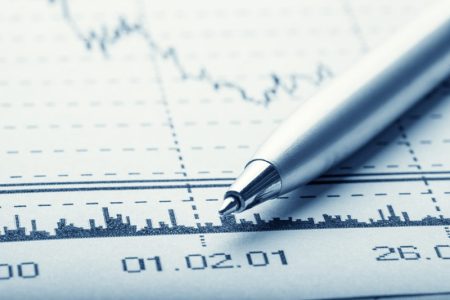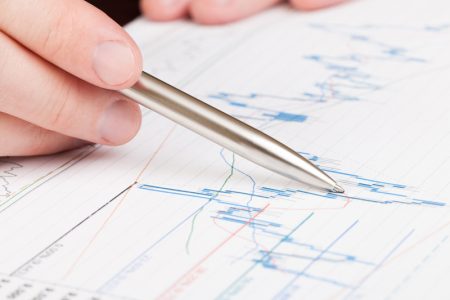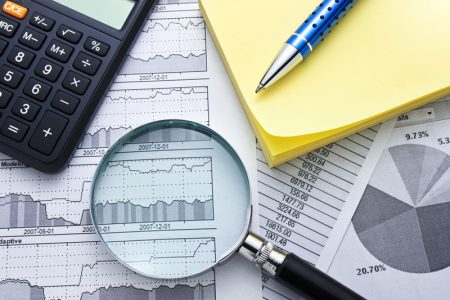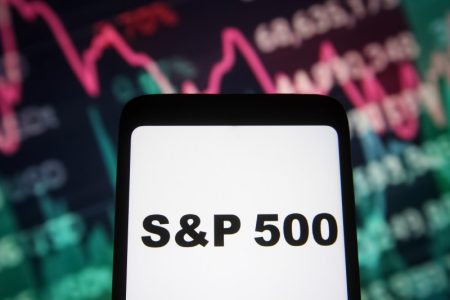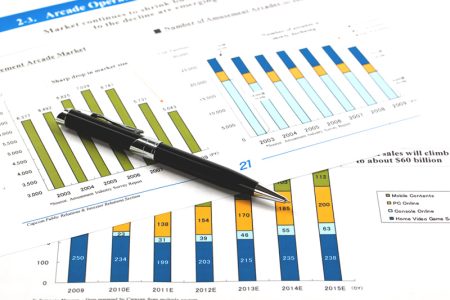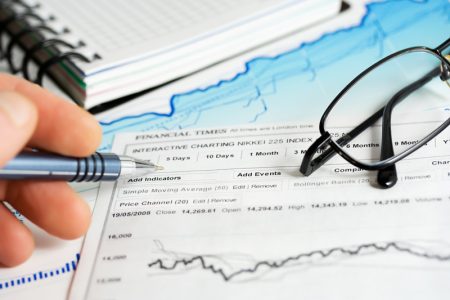10- and 30-year Treasury yields finished lower on Tuesday as traders prepared for August’s data on inflation and retail sales on Wednesday and Thursday for more clues on whether the Federal Reserve plans to deliver one more interest-rate increase later this year.
What happened
-
The yield on the 2-year Treasury
BX:TMUBMUSD02Y
rose 1 basis point to 5.003% from 4.993% on Monday, based on 3 p.m. Eastern time figures from Dow Jones Market Data. -
The yield on the 10-year Treasury
BX:TMUBMUSD10Y
dropped 2.4 basis points at 4.263% versus 4.287% Monday afternoon. -
The yield on the 30-year Treasury
BX:TMUBMUSD30Y
fell 3.1 basis points to 4.345% from 4.376% late Monday.
What drove markets
Trading was cautious on Tuesday as investors awaited potential market-moving data catalysts in the next two days.
The U.S. consumer-price index for August will be released on Wednesday, followed on Thursday by reports on producer prices and retail sales for the same month. Together, the data has the potential to influence the thinking of Federal Reserve officials on how much more monetary tightening is needed to push inflation back down to their 2% target.
See: U.S. inflation is set for a big increase, CPI to show. Here’s why.
Currently, markets are pricing in a 93% probability that the Fed will leave interest rates unchanged at a range of 5.25%-5.50% on Sept. 20, according to the CME FedWatch Tool. The chances of a 25-basis-point rate hike to a range of 5.5%-5.75% at the subsequent meeting in November is priced at 36.4%.
What analysts said
“Investors are expected to stay largely treading water on Wall Street rather than taking any ambitious strokes ahead of the key consumer inflation reading,” said Susannah Streeter, head of money and markets, at Hargreaves Lansdown.
“Although Fed policymakers are expected to sit on their hands and keep interest rates on hold this month, the forecast for another hike ahead is uncertain. Sentiment keeps oscillating with expectations of another rate rise in November decreasing a little, with policymakers thought to be more nervous about doing too much and pushing the economy into a deeper slowdown,” Streeter said.
Read the full article here






